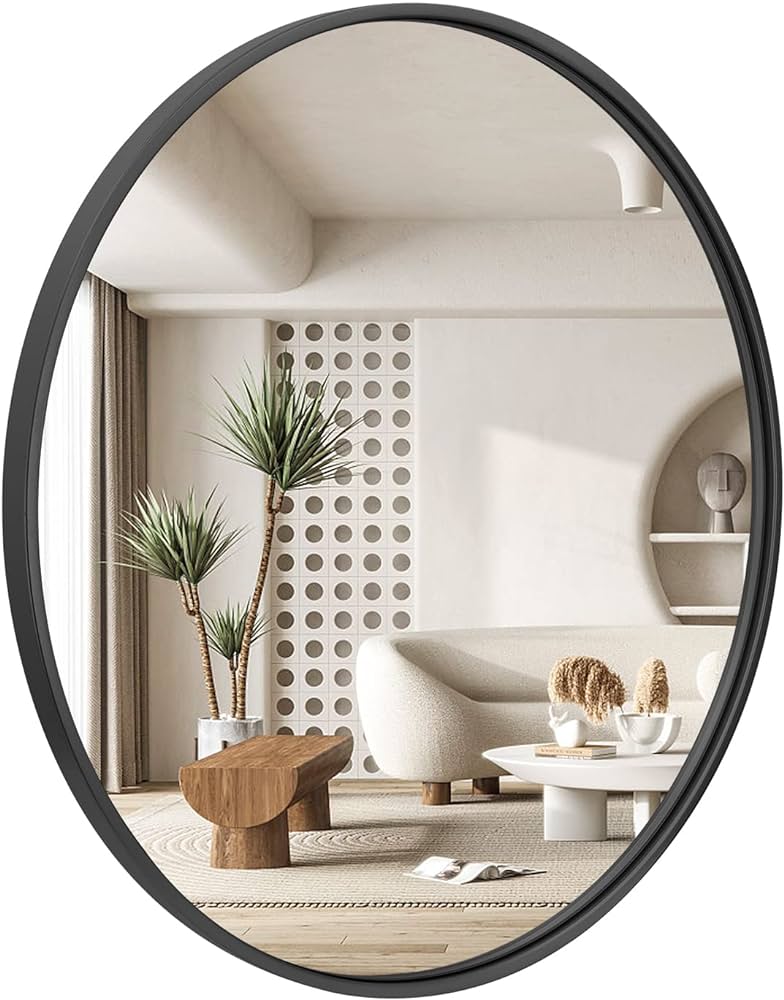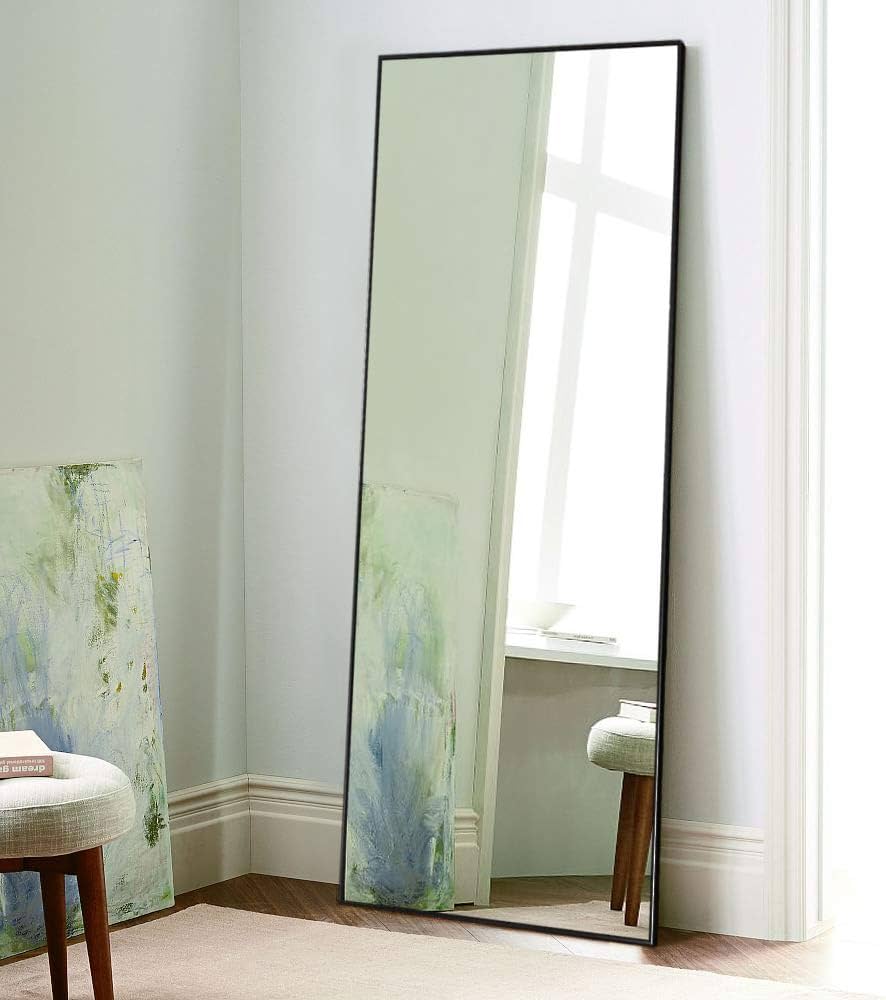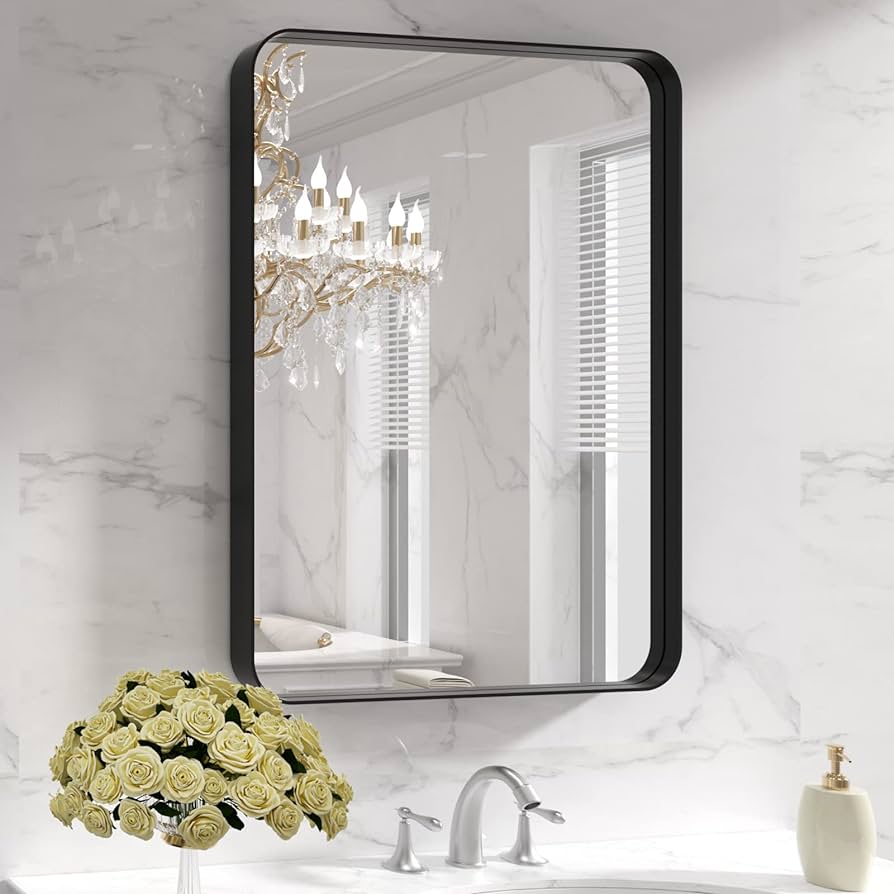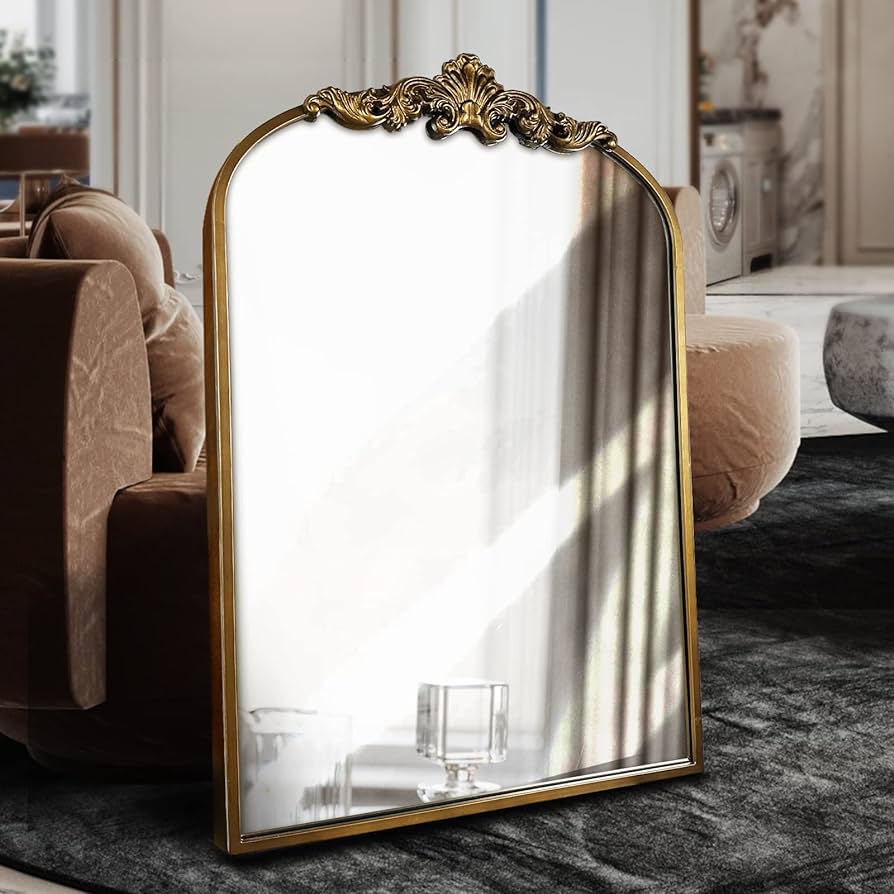Introduction:
Cracked mirrors can be a source of frustration, but depending on the severity of the crack, there may be a potential solution to restore their appearance and functionality. One method that is commonly used to repair cracked mirrors is the application of resin. Resin can help reinforce the cracked area, prevent further damage, and minimize the visibility of the crack. In this guide, we will explore the process of fixing a cracked mirror with resin, including the necessary materials, step-by-step instructions, and important considerations. By understanding this repair method, you can determine if it is suitable for your cracked mirror and potentially restore its original condition.

Can you fix a cracked mirror with resin?
Assessing the Severity of the Crack:
Before attempting to fix a cracked mirror with resin, it is important to assess the severity of the crack. Consider the following factors:
a. Length and Depth: Determine the length and depth of the crack. Superficial or hairline cracks are generally easier to repair, while longer or deeper cracks may require more extensive treatment.
b. Location of the Crack: Take note of where the crack is located on the mirror. If the crack is in a less visible area, such as the outer edges, you may be more willing to attempt a repair. However, if the crack is in a prominent area, consider seeking professional assistance for optimal results.
c. Structural Integrity: Assess the structural integrity of the mirror. If the crack has compromised the integrity of the mirror, causing it to wobble or become unstable, it may be safer to replace the mirror altogether.

Materials Needed for Repair:
To fix a cracked mirror with resin, you will need the following materials:
a. Epoxy Resin: Choose a clear epoxy resin specifically designed for bonding glass or mirrors. This type of resin provides a strong and durable bond while remaining transparent for minimal visibility.
b. Mixing Tools: Use disposable mixing cups or small containers to mix the epoxy resin. Disposable wooden stir sticks or craft sticks can be used for stirring.
c. Razor Blade or Glass Cutter: If necessary, use a razor blade or a glass cutter to clean and prepare the cracked area before applying the resin. This step helps ensure proper adhesion and bonding.
d. Masking Tape: Masking tape can be used to create a temporary barrier around the crack, preventing the resin from spreading to unwanted areas during the application process.
e. Sandpaper: Fine-grit sandpaper can be used to smooth the surface of the resin after it has cured, ensuring a seamless finish.
f. Cleaning Supplies: Use glass cleaner and lint-free cloths to clean the mirror surface before and after the repair.

Step-by-Step Instructions:
Follow these step-by-step instructions to fix a cracked mirror with resin:
Step 1: Clean the Mirror Surface Using glass cleaner and a lint-free cloth, thoroughly clean the mirror surface, paying extra attention to the cracked area. Ensure that the surface is free from dust, dirt, and any residue that could interfere with the bonding process.
Step 2: Prepare the Crack If the crack has any loose or sharp edges, carefully remove them using a razor blade or glass cutter. This step helps create a clean and even surface for the resin to adhere to. Be cautious when handling the tools to avoid injury.
Step 3: Apply Masking Tape To prevent the resin from spreading to unwanted areas, apply strips of masking tape along both sides of the crack, leaving a narrow gap between the tape and the crack. The tape acts as a temporary barrier, ensuring that the resin stays confined to the cracked area.
Step 4: Mix the Epoxy Resin Follow the instructions provided with the epoxy resin to mix the resin and hardener thoroughly. Use disposable mixing cups and stir sticks to achieve a consistent mixture. Be sure to wear gloves and work in a well-ventilated area as directed by the resin manufacturer.
Step 5: Apply the Resin Using a small applicator, carefully apply a thin layer of the mixed epoxy resin directly onto the cracked area. Gently spread the resin along the crack, ensuring that it fills the entire length of the crack. Take care not to apply excessive pressure that could cause further damage to the mirror.
Step 6: Remove Air Bubbles To remove any trapped air bubbles in the resin, gently tap the back of the mirror or use a heat gun on a low setting to encourage the release of air. This step helps ensure a smooth and even surface.
Step 7: Curing and Drying Allow the resin to cure and dry as per the manufacturer’s instructions. This typically takes several hours or overnight. Avoid disturbing the mirror during this time to prevent any movement or displacement of the resin.
Step 8: Remove Masking Tape and Smooth the Surface Once the resin has fully cured, carefully remove the masking tape. Use fine-grit sandpaper to lightly sand the surface of the resin, blending it with the surrounding mirror surface. Wipe away any dust with a clean, lint-free cloth.

Important Considerations:
When fixing a cracked mirror with resin, keep the following considerations in mind:
a. Safety Precautions: Follow all safety instructions provided by the epoxy resin manufacturer. Wear gloves and work in a well-ventilated area to avoid any potential health hazards.
b. Professional Assistance: If the crack is extensive, deep, or located in a prominent area, seeking professional assistance may be a more suitable option. Professional mirror repair services have the expertise and specialized tools to handle complex repairs effectively.
c. Limitations of the Repair: While resin can help reinforce and minimize the visibility of a crack, it does not make the crack completely disappear. Depending on the severity of the crack, some level of visibility may remain.
d. Longevity and Maintenance: While the resin repair can provide a temporary solution, it is important to understand that it may not be a permanent fix. Regularly inspect the repaired area for any signs of deterioration or further damage. If necessary, seek professional assistance for additional maintenance or repair.

Conclusion:
Fixing a cracked mirror with resin can be an effective way to reinforce the cracked area and minimize its visibility. By assessing the severity of the crack, gathering the necessary materials, and following the step-by-step instructions, you can attempt to repair the mirror yourself. However, it is important to note that the success of the repair may depend on the size and depth of the crack, as well as the skill level of the individual performing the repair. For extensive or complex cracks, seeking professional assistance may be more appropriate. By understanding the process and considering these important factors, you can make an informed decision about whether fixing a cracked mirror with resin is a suitable option for your specific situation.

Leave a Reply